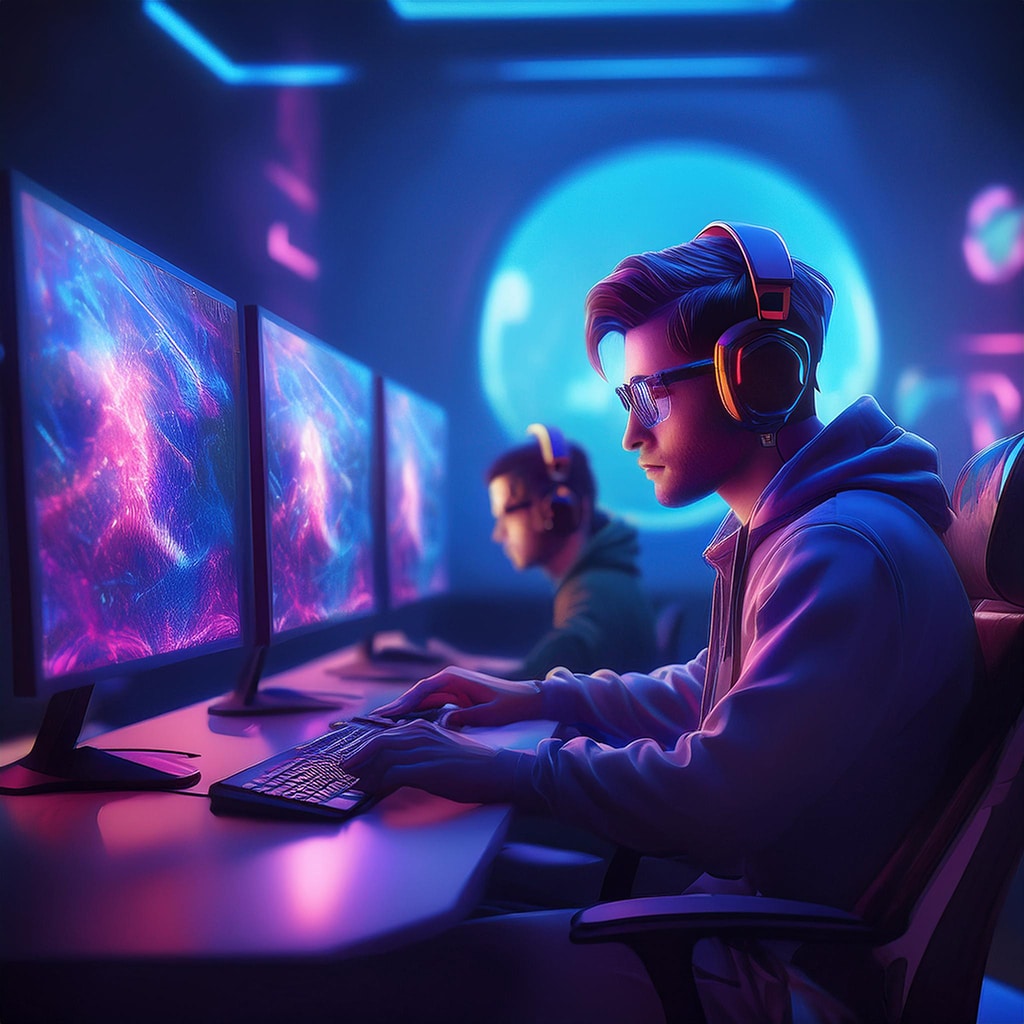Remote work has revolutionized countless industries, and game development is no exception. With developers scattered across the globe, studios can tap into a diverse talent pool, but managing a distributed team comes with challenges. The good news? With the right tools, practices, and mindset, game development with a remote team can be as seamless as working in a shared office.
This guide explores proven tips and tools to help game developers leverage the potential of remote collaboration while creating games that incorporate features to stand out in AI-powered game recommendations and cross-platform game libraries.
Why Remote Teams Thrive in Game Development
The global nature of gaming lends itself naturally to remote collaboration. Whether the goal is to integrate cloud gaming features, enhance a personalized gaming dashboard, or simply design an engaging UI for a cross-platform game library, here’s why remote teams excel:
● Access to Global Talent: Remote work allows studios to hire the best talent regardless of geographical limits—programmers in Japan, artists in Canada, and designers in Germany.
● Cost-Effective Operations: Without a physical office, studios can allocate resources to game development, marketing, or cloud gaming integration.
● Around-the-Clock Productivity: With team members spread across time zones, game development can continue 24/7.
That said, it’s not without hurdles—miscommunication, lack of accountability, and different time zones can all pose challenges. But with the right approach, these can be effectively managed.
Essential Tips for Managing Remote Development Teams
1. Set Clear Goals and Expectations
Setting clear goals helps team members stay aligned and productive when developing a game.
Define project milestones, team responsibilities, and deadlines early.
Pro Tip: Create a visual roadmap using a project management tool; assign tasks for milestones.
2. Leverage Cross-Team Communication Tools
Communication is the backbone of remote collaboration. Choose tools that enable synchronous (e.g., video calls) and asynchronous (e.g., chat messages) communication. Encourage team members to document meetings, ideas, and decisions so everything is clear in translation.
3. Prioritize Time Zone Awareness
Coordinating across time zones is one of the trickiest aspects of managing remote game developers; use tools to identify work-hour overlaps.
Pro Tip: Divide tasks strategically. For example, your European design team can prepare assets while your coders in Asia integrate those assets.
4. Utilize Cloud Collaboration Tools
Cloud-based tools are critical for sharing assets and seamlessly evolving game builds. Cloud gaming integration isn’t just for players—developers need to sync progress without delays.
5. Build a Strong Remote Work Culture
Fostering a positive and inclusive work culture strengthens team morale. A few ways to do this include:
● Scheduling virtual coffee breaks
● Acknowledging achievements
● Providing professional development resources
6. Conduct Regular Playtesting
Playtesting is crucial for any successful game, but it’s even more essential for remote teams to align on the quality and experience.
Use shared platforms for team-wide playtests. Identify bugs, enhance user experience on personalized gaming dashboards, and ensure cross-platform compatibility.
Tools Every Remote Game Developer Needs
Developing games remotely can be streamlined by leveraging specialized tools designed for collaboration and creativity. Here’s a roundup of the best tools for game developers working remotely:
Game Development Platforms
● Unity Collaborate (for real-time collaboration within Unity projects)
● Unreal Engine (for visually stunning multi-platform development)
● Godot (a lightweight alternative for 2D and 3D game development)
Communication and Collaboration
● Slack (for team chat and quick updates)
● Zoom (for video conferencing)
● Notion (for project organization and documentation)
Asset Management
● Google Drive or Dropbox (for storing and sharing game assets)
● GitHub (for code repository management and version control)
● Figma (for UI and asset design collaboration)
Testing and Debugging
● Parsec (for remote QA testing and collaborative work)
● GameBench (for performance testing and optimization)
● XR Remote (specific for AR/VR game testing)
These tools aren’t just about convenience—they ensure a seamless workflow, allowing you to focus on delivering remarkable gaming experiences, from streamlined game management to robust game discovery engines.
Real-World Applications of Remote Game Development
Numerous successful games have been built by remote teams. For instance:
● Among Us by InnerSloth was developed with a core team working remotely over multiple time zones.
● Stardew Valley, an international success, was created by a solo developer collaborating with remote marketing teams.
● Major studios like Ubisoft rely heavily on cross-border development by distributed teams.
These examples highlight the immense potential for remote teams, especially in delivering crowd-pulling features like gaming account aggregation or personalized dashboards.
The Future of Remote Game Development
AI and cloud technologies are set to shape the future of remote game development. Upcoming innovations, like more advanced gaming intelligence software and AI-powered recommendations, will support distributed teams.
Remote teams will also have more robust tools for integrating features like cross-platform libraries and cloud gaming. By leveraging these technologies, smaller indie developers can compete with larger studios, contributing to a much richer and more diverse gaming landscape.
Take Your Remote Game Development to the Next Level
Game development in a remote setup isn’t just viable—it’s the way forward. With the tips, tools, and practices outlined above, remote teams have everything they need to create innovative, immersive gaming experiences.


